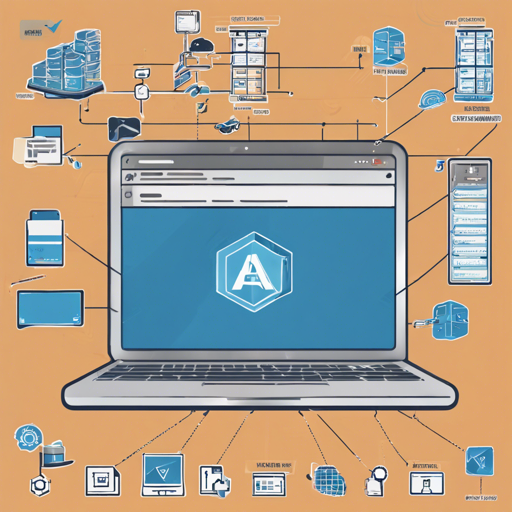In the world of DevOps, ensuring that your automation tool runs consistently across various environments is crucial. Enter Ansible inside Docker! This guide will walk you through the process of setting up Ansible in a Docker container on your local machine or CI/CD system. Follow along, and you’ll be deploying configurations like a pro.
What You Need to Know About Ansible in Docker
Running Ansible in Docker provides a consistent environment, eliminating “it works on my machine” dilemmas. Here are a few highlights:
- It runs the latest core versions of Ansible, including 2.13, 2.14, 2.15, and 2.16.
- Immutable images allow for a stable and predictable environment.
- Support for different base OS versions and architectures is also available.
Setting Up Ansible in Docker
Ready to roll? Let’s set up Ansible in Docker. Here’s how to do it:
docker run --rm -it willhallonline/ansible:latest bin/shThis command will pull the latest Ansible Docker image and open a shell within the container. From here, you can leverage the power of Ansible without any local installation hassle.
Example: Running a Playbook
Once the container is up and running, you can execute a playbook:
docker run --rm -it -v $(pwd):/ansible -v ~/.ssh/id_rsa:/root/id_rsa willhallonline/ansible:latest ansible-playbook playbook.ymlAnalogy: Ansible in a Docker Container
Think of Docker as a food truck and Ansible as a recipe book. The food truck (Docker) is mobile and can set up anywhere, while the recipe book (Ansible) provides the instructions to create delicious meals. By placing the recipe book inside the food truck, you ensure that no matter where you go, the same great taste (configuration) is delivered every time!
Troubleshooting Tips
If you encounter issues while running Ansible in Docker, here are some troubleshooting strategies:
- Permission Denied: Ensure that the local paths you are trying to mount in the container are correct and that Docker has the necessary permissions.
- Networking Issues: If your playbooks require access to specific network resources, ensure that the Docker container has appropriate network access settings.
- Missing Ansible Modules: Make sure that the necessary Ansible modules are available in the container by using the latest image. You can check compatibility and versions on the Ansible-core Python compatibility page.
- For more insights, updates, or to collaborate on AI development projects, stay connected with fxis.ai.
Enhancing Performance with Mitogen
To improve the performance of your playbooks, consider using Mitogen. You’ll need to adjust your Ansible configuration as follows:
[defaults]
strategy_plugins = /usr/local/lib/python3.x/site-packages/ansible_mitogen/plugins/strategy
strategy = mitogen_linearBy utilizing Mitogen, you can dramatically speed up playbook execution times, especially in larger deployments.
Conclusion
This guide outlined how to run Ansible inside a Docker container, giving you a reliable and consistent environment for automation tasks. Whether you’re working locally or within a CI/CD pipeline, leveraging Docker for Ansible can boost your productivity and streamline deployments.
At fxis.ai, we believe that such advancements are crucial for the future of AI, as they enable more comprehensive and effective solutions. Our team is continually exploring new methodologies to push the envelope in artificial intelligence, ensuring that our clients benefit from the latest technological innovations.

